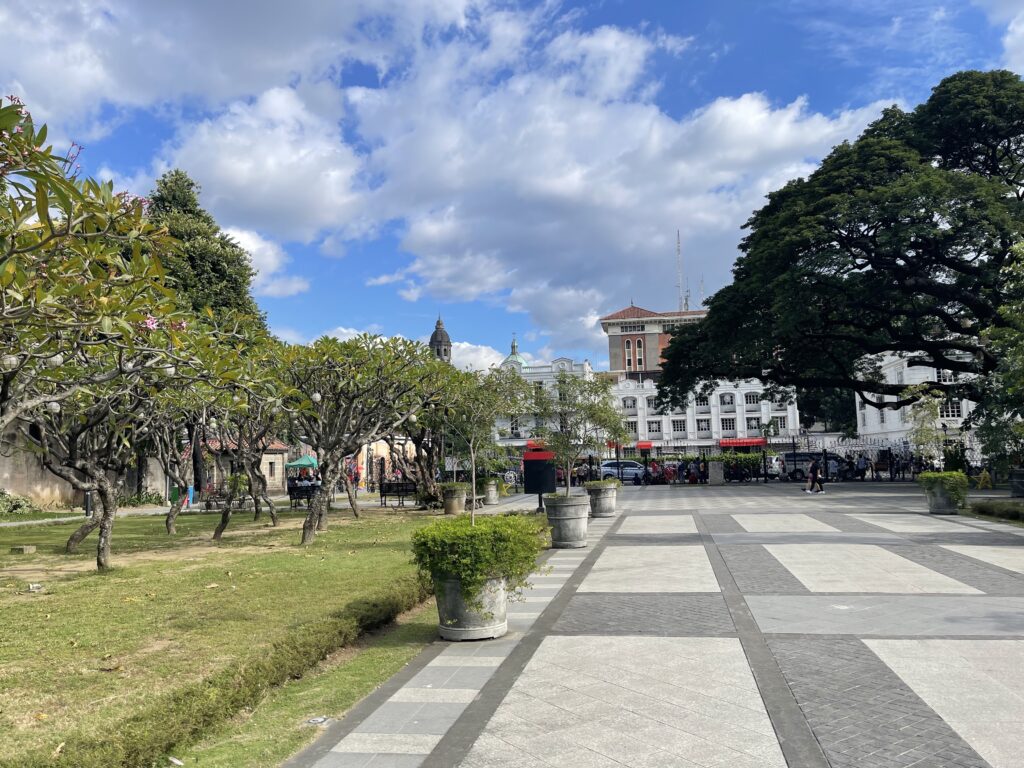
First of all, a warning…
There are numerous scams taking part around Intramuros targeting tourists, which is quite sad to see, but by following the advice here, you should be able to avoid being targeted.
My personal experience was to visit Rizal Park, which I was told is close to Intramuros. After leaving the park, I headed towards Intramuros and was approached by a man selling tricycle tours around Intramuros. He told me the price was 300 pesos for his tour and so I accepted. After the tour, which went on for about 3 hours, he told me it was 300 pesos per half hour, so he claimed I owed him 1800 php, which was around £27 at the time.
My tip is to take a taxi to Intramuros directly armed with a map, which you will find below and see the sights for yourself.

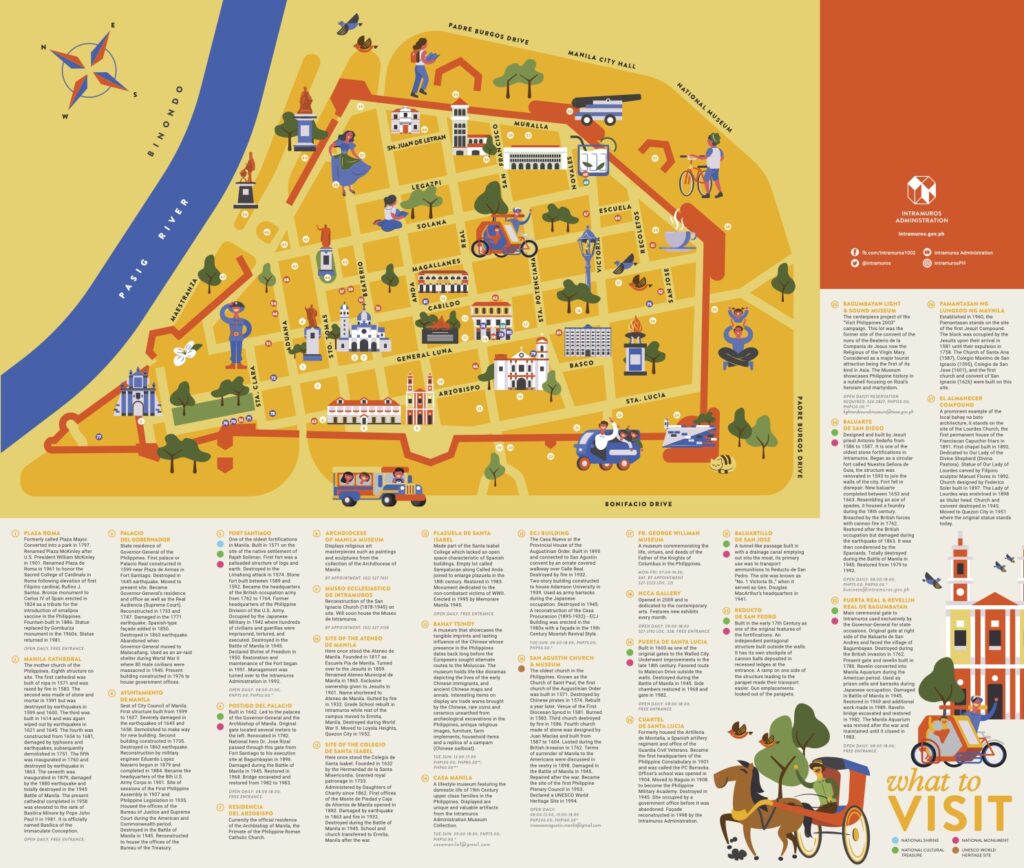
Manila, the vibrant capital city of the Philippines, is a constantly evolving metropolis. Despite its modern high-rises and busy streets, there’s a neighborhood that offers a glimpse into Manila’s rich history and cultural heritage. That neighborhood is Intramuros, a walled city that served as the center of Spanish colonial power in the Philippines from the 16th to the 19th century.
Exploring Intramuros is like taking a journey back in time. Its cobblestone streets, colonial architecture, and well-preserved structures transport visitors to an era of Spanish influence and colonization. Here are some must-see attractions in Intramuros:
Fort Santiago
Located at the heart of Intramuros, Fort Santiago is a citadel built in the late 16th century. The fort has a storied past, having served as a defense against Dutch invaders and as a prison for Filipino revolutionaries during the Spanish colonial period. Today, it serves as a museum showcasing the history and culture of the Philippines, as well as the life of the national hero Jose Rizal, who was imprisoned and executed there in 1896.
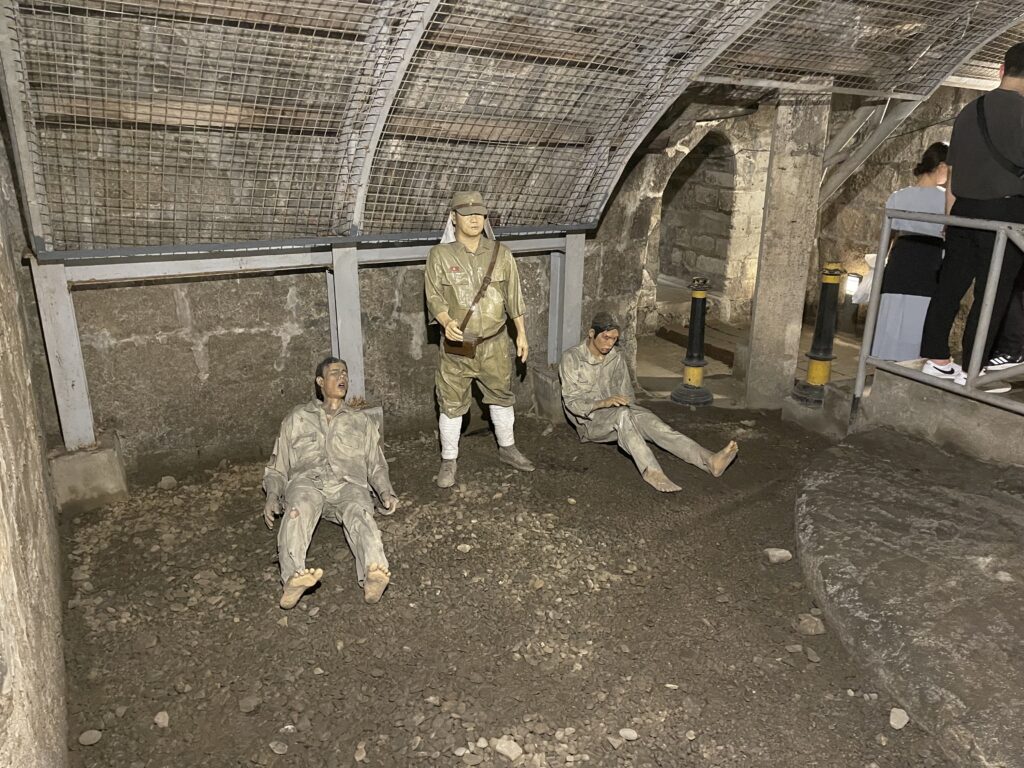
San Agustin Church and Museum
Built in the late 16th century, the San Agustin Church is one of the oldest stone churches in the Philippines and has been declared a UNESCO World Heritage site. Its intricate Baroque architecture and ornate interiors are a testament to the skill and craftsmanship of Filipino artisans and Spanish colonizers. The adjacent museum houses religious artifacts, paintings, and other historical pieces that offer insight into the church’s role in Philippine history.
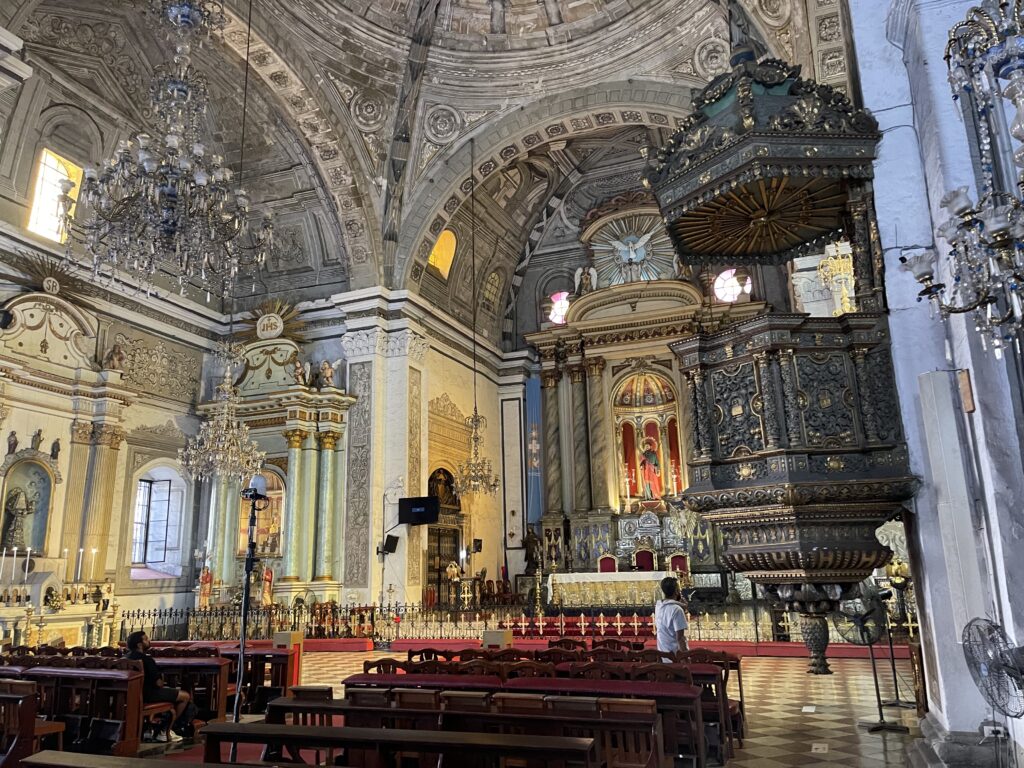
Plaza de Roma
Surrounded by historic buildings such as the Manila Cathedral and the Palacio del Gobernador, Plaza de Roma is the central square of Intramuros. It’s a great spot to people-watch and soak up the colonial ambiance, as well as to catch a glimpse of modern Manila beyond the walls.
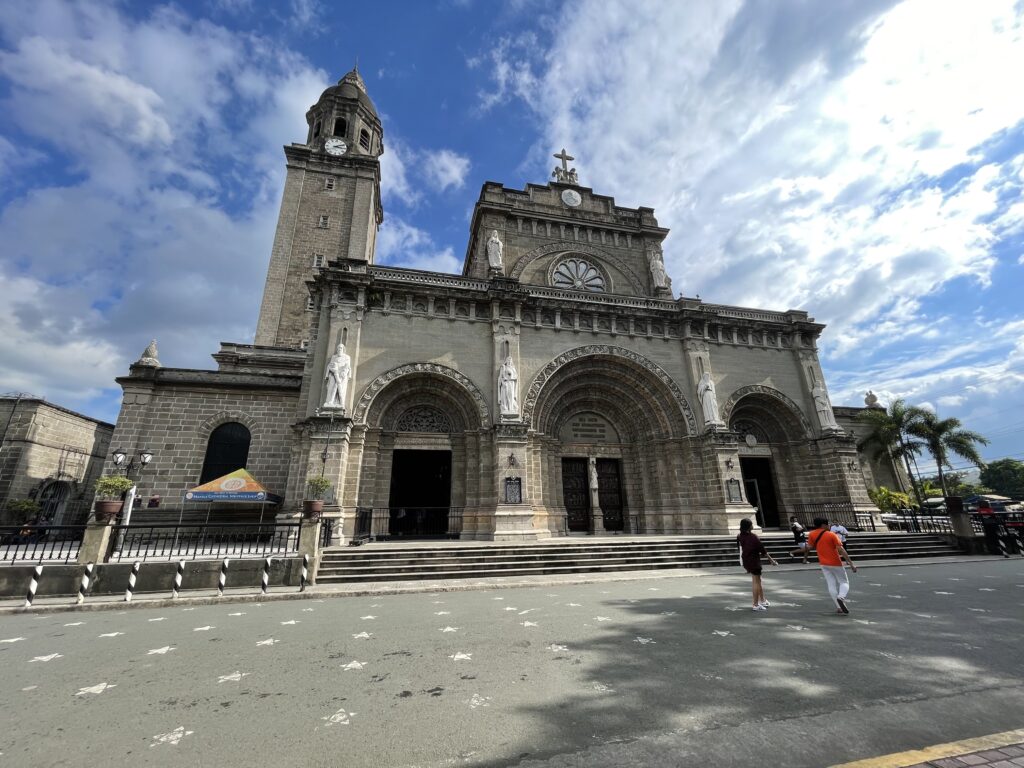
Casa Manila
A reconstructed colonial mansion, Casa Manila showcases the lifestyle and decor of the Spanish aristocracy in the Philippines. Its ornate furnishings, period costumes, and opulent rooms offer a glimpse into the elite society of the time.
Intramuros also offers a variety of shops, restaurants, and cafes that cater to tourists and locals alike. Visitors can sample traditional Filipino cuisine, shop for souvenirs, or simply take a leisurely stroll through the streets and alleys of the walled city.
Getting to Intramuros is easy, as it’s located in the heart of Manila and accessible by public transportation. Visitors can take a jeepney, taxi, or tricycle to the area, or join a guided tour that offers insights and historical background on the various attractions.
Exploring Intramuros is a great way to experience the cultural richness and historical legacy of the Philippines. Whether you’re a history buff, a culture enthusiast, or simply looking for a break from the hustle and bustle of modern Manila, Intramuros is a must-visit destination that will leave a lasting impression on any traveler.
Leave a Reply